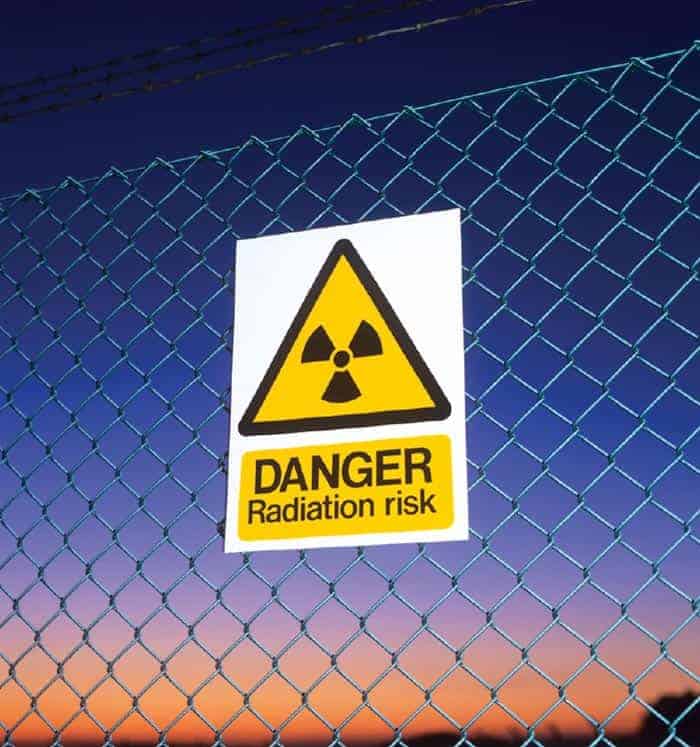Chasing nuclear rainbows delves into the intricate interplay between atomic structure and the resulting spectral phenomena observed in various nuclear processes. The term “nuclear rainbows” metaphorically encapsulates the breadth and vibrancy of visible phenomena arising from the emission and interaction of light at the atomic level. This exploration reveals the profound beauty and complexity inherent in atomic cores as they emit radiation across a diverse spectrum, manifesting in an array of colors akin to a rainbow.
The first section of this discourse will elucidate the foundation of atomic structure, emphasizing the significance of protons, neutrons, and electrons. At the core of every atom lies a dense nucleus composed of protons and neutrons, collectively known as nucleons. Protons, with their positive charge, influence the electromagnetic force, while neutrons contribute to the stability of the nucleus through the strong nuclear force. The interplay between these two types of nucleons governs not only the identity of the element but also its stability and isotopic variants.
Transitions among nucleons are vital, identifiable through energy levels and shell models. As electrons occupy quantized energy states around the nucleus, transitions between these levels can occur when energy is absorbed or emitted in the form of photons. This process underlies the emission spectra that different elements display, revealing unique spectral fingerprints that characterize each atom. These spectra exemplify the concept of quantum mechanics, wherein the discrete nature of energy levels leads to quantized emissions observed in the form of spectral lines.
As we traverse the studies of nuclear emissions, one cannot overlook the essential role played by radioactive decay. The various forms of decay, including alpha, beta, and gamma decay, can be likened to different expressions of this “nuclear rainbow.” Alpha decay involves the emission of helium nuclei and often leads to a notable change in the atomic mass and number. In contrast, beta decay transforms neutrons into protons, emitting beta particles and neutrinos, thereby offering a different halo of radiative emission.
Gamma decay, a phenomenon often associated with the highest energies, emits photons that are significantly more penetrating than those involved in alpha or beta decay. The spectral output of such decay events showcases not just the energy states but the transitions that occur post decay, allowing for a deeper investigation into the intricate architecture of the nucleus. These gamma rays often provide insights into nuclear structure and the forces at play within exceptionally unstable isotopes.
The manipulation of atomic nuclei through artificial means represents another realm where the concept of chasing nuclear rainbows comes alive. Particle accelerators enable scientists to bombard target nuclei with particles, resulting in complex interactions that produce a plethora of exotic isotopes and nuclear reactions. These interactions often reveal unforeseen phenomena, capturing the attention of physicists as they identify rare emissions and resonances that populate the spectrum in unexpected ways.
Another captivating facet of nuclear spectroscopy is the investigation of nuclear shell models. Just as the electron configurations elucidate the behavior of electrons in atoms, the shell model provides a framework for understanding the arrangement of nucleons. Excitations and ordering within these shells create various energy states, which in turn generate distinct spectral emissions. The magic numbers, or specific numbers of nucleons that result in particularly stable configurations, further enhance this spectral tableau.
Moreover, the exploration of superposition in nuclear states leads to a fascinating dimension of quantum mechanics, akin to the blending of colors in a rainbow. The quasi-particles such as phonons and rotations in excited states contribute to the complexities of the nuclear architecture, while time-dependent degeneracies manifest unique transitions that can be spectrally analyzed. Researchers can glean insights into how these excited states decay back to their ground states, contributing vital knowledge to our understanding of nuclear stability.
The applications of the knowledge gleaned from these nuclear phenomena are both far-reaching and consequential. From medical applications, including isotope production for radiotherapy, to the field of nuclear energy, where understanding spectral emissions can contribute to safer and more efficient designs, the potential is vast. Furthermore, advancements in materials science can stem from the knowledge of nuclear behavior, particularly in the field of radiation detection and shielding.
As we venture further into the modern age, the implications of advanced nuclear science bring forth conversations about sustainable energy solutions and global connectivity through nuclear technology. The allure of chasing nuclear rainbows thus becomes not just an academic pursuit but also a societal one. The integration of nuclear spectra into practical applications signifies an intersection of beauty and utility, illustrating how the intricate patterns of atomic-level interactions can shape our world.
In conclusion, exploring the spectral beauty of atomic cores demonstrates the multifaceted nature of nuclear physics. The vibrant emissions from nuclei, whether from radioactive decay, particle bombardment, or nuclear reactions, collectively represent the essence of what can be metaphorically described as nuclear rainbows. Each emission, each spectral line, tells an integral story about the subatomic constituents and the forces at play, revealing an awe-inspiring tapestry of atomic intricacies. As research in this domain progresses, the pursuit of understanding will undoubtedly yield both academic enlightenment and practical advancement, resonating within the fabric of contemporary society and science.












